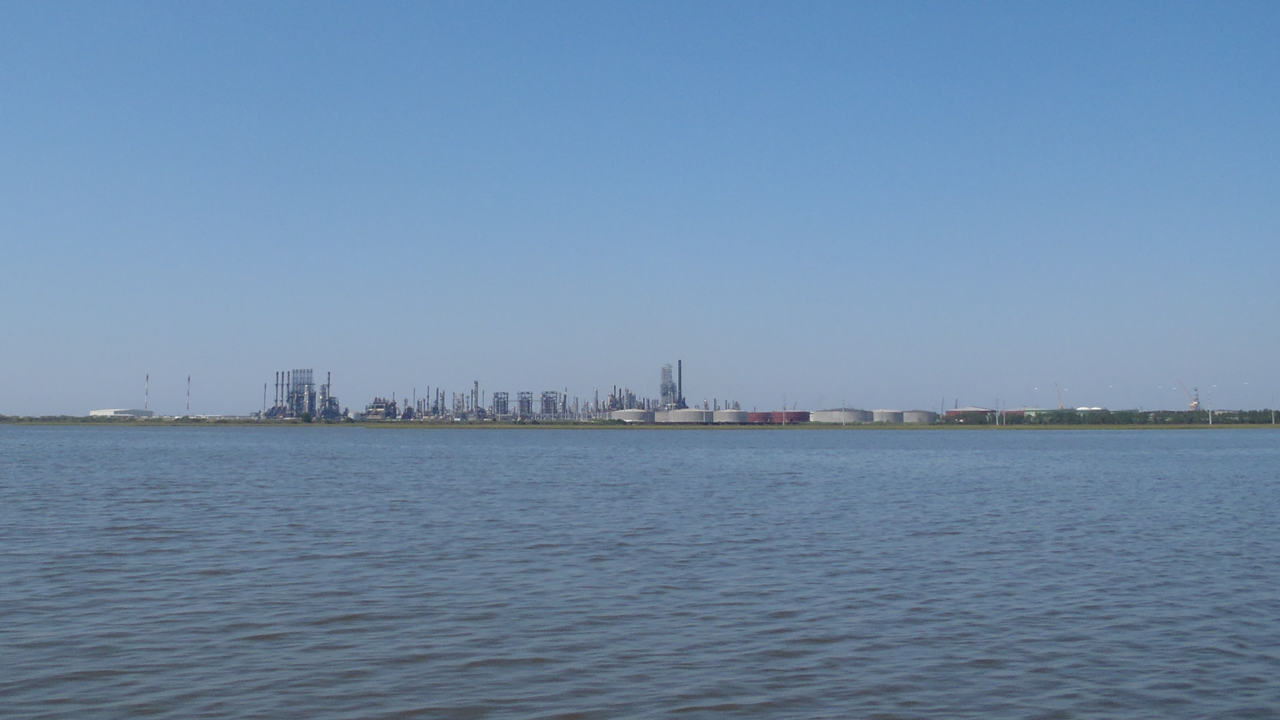
Changes in land use during the past 60 years or more have affected water quality by increasing the delivery of land-derived nutrients such as nitrogen (N) and phosphorus (P) and microbes (bacteria and viruses) to coastal estuaries. These changes in water quality can affect the ecosystem, human health, and local economies that depend on clean water.
Nutrients such as N and P are essential for life, but in excess they can cause an imbalance in water quality, including:
Excessive growth of primary producers (such as phytoplankton and macroalgae) and buildup of organic matter in the water and sediments, which is known as eutrophication.
- Initially, excess phytoplankton and macroalgae may provide more food for some animals, including shellfish.
- Excess phytoplankton and macroalgae in the water column can shade seagrasses that need light for growth.
- The increased organic matter in the water and sediments stimulates use of oxygen by animals and microbes.
- High organic matter and low oxygen can lead to stressful conditions and death of some aquatic animals, including fisheries species, creating “dead zones” in coastal areas.
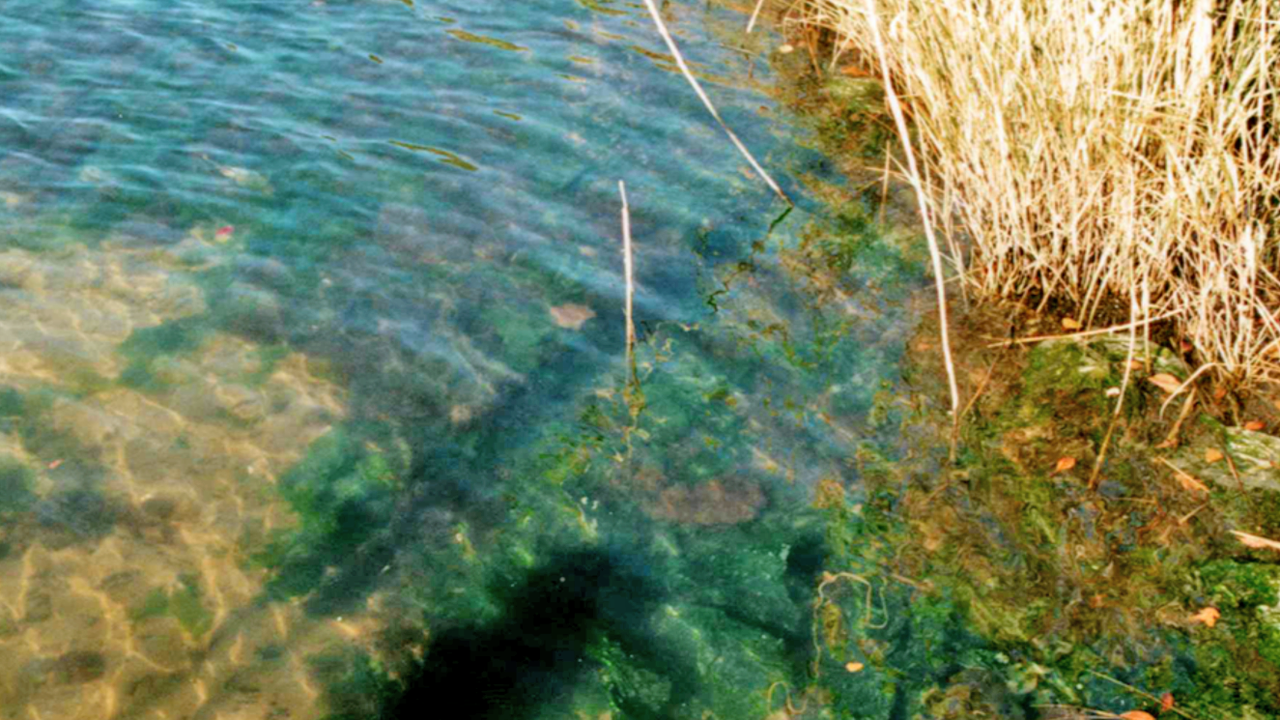
Microbes, such as bacteria and viruses, are a natural part of the marine community, but some microbes carried by human wastewater and stormwater can make people sick.
- To protect people from illness due to consumption of pathogens in raw shellfish, state and federal officials monitor the water for fecal-indicator microbes associated with illness, such as fecal coliforms and E. coli.
- Water bodies with high concentrations of indicator microbes are seasonally or permanently closed to shellfishing.
- Most seafood-related illnesses are caused by bacteria such as Vibrio, Salmonella, Shigella, and Listeria, which may or may not be conveyed by wastewater.
- The wastewater-associated virus that is most commonly related to seafood-borne illness is Norovirus.
- Illness can best be prevented by consuming properly stored, cleaned, and prepared seafood from approved areas and sold by reliable vendors (for more information on seafood safety, click here).
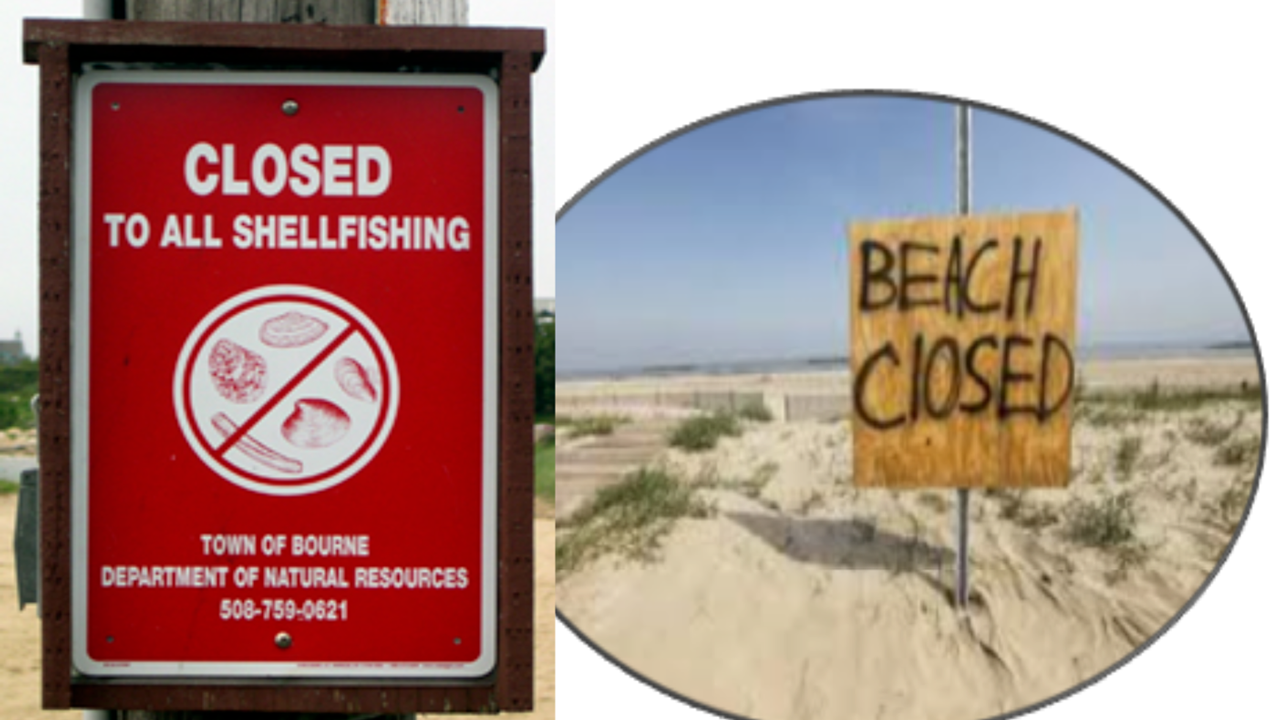
Where do nutrients & microbes come from? Stormwater, sewage, septic systems, road runoff, and industrial wastewater are known sources of anthropogenic nutrients and microbes to coastal waters.
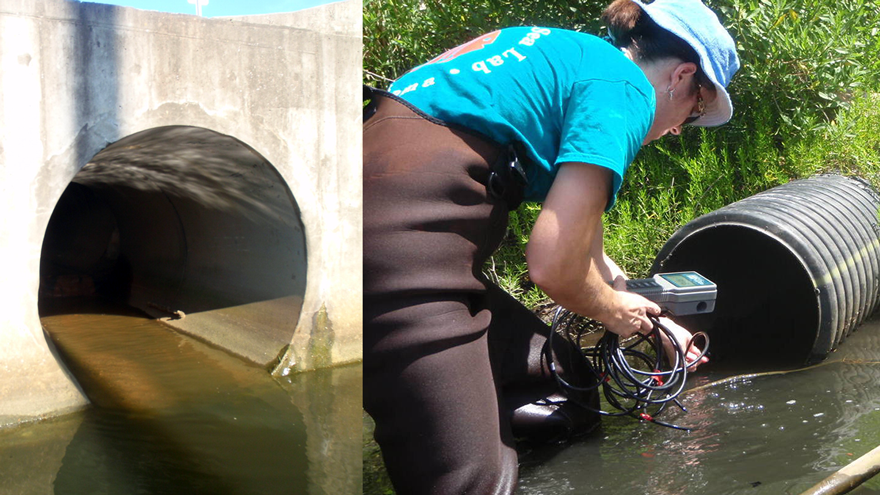
Outfall Pipes
Outfall pipes are commonly seen along the edge of most rivers, estuaries and even in marshes
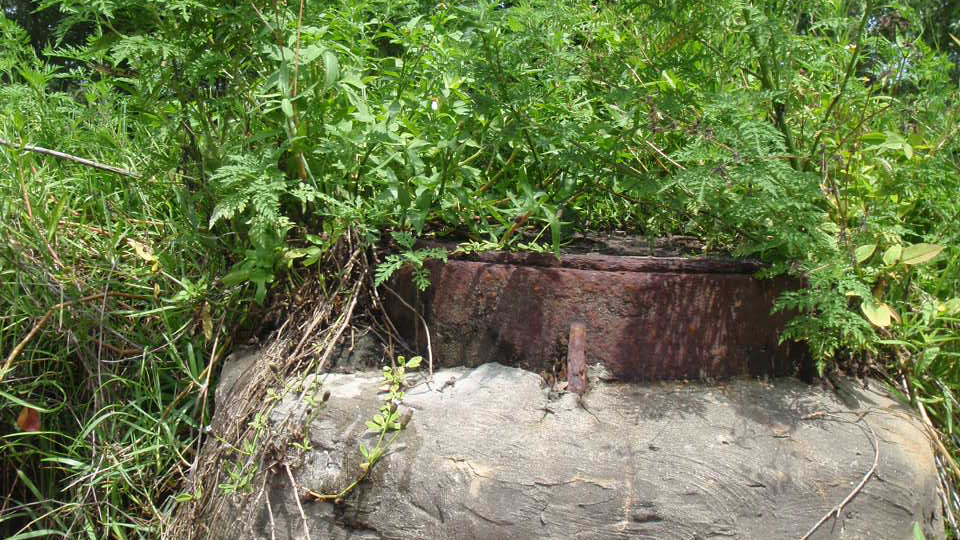
Failing Infrastructure
Failing septic systems and pumping stations can leak untreated wastewater into groundwater, streams and estuaries.
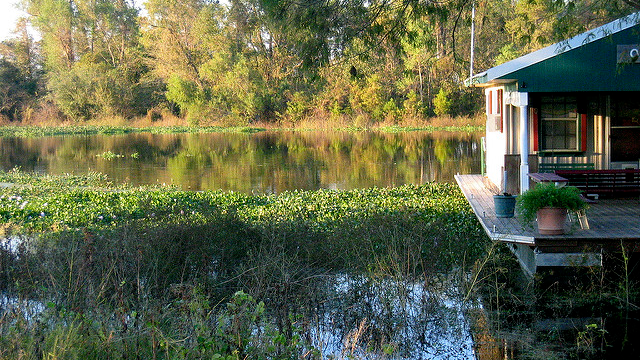
Overboard Discharge
Houseboats, commercial and recreational vessels, and fish camps can be sources of wastewater.
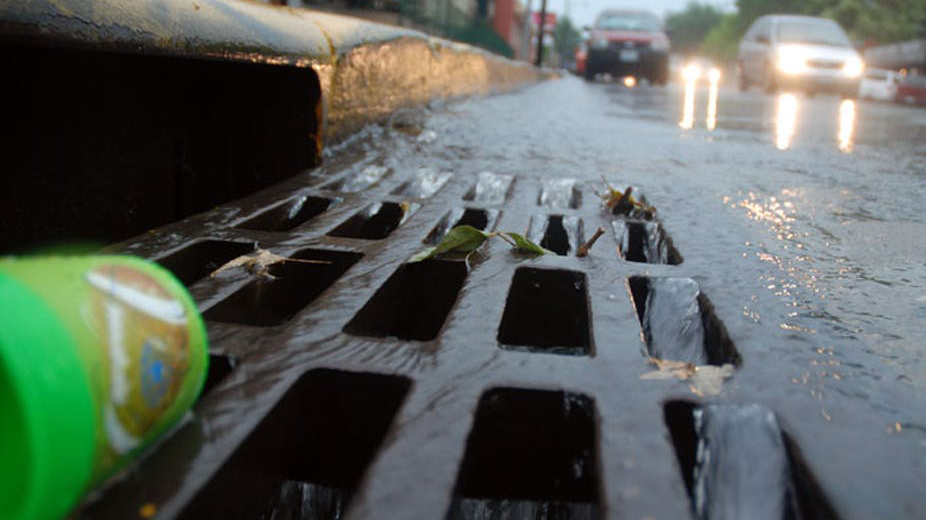
Non-point Sources
Different sources on land contributing to runoff, seepage, and drainage can collectively be referred to as non-point sources.